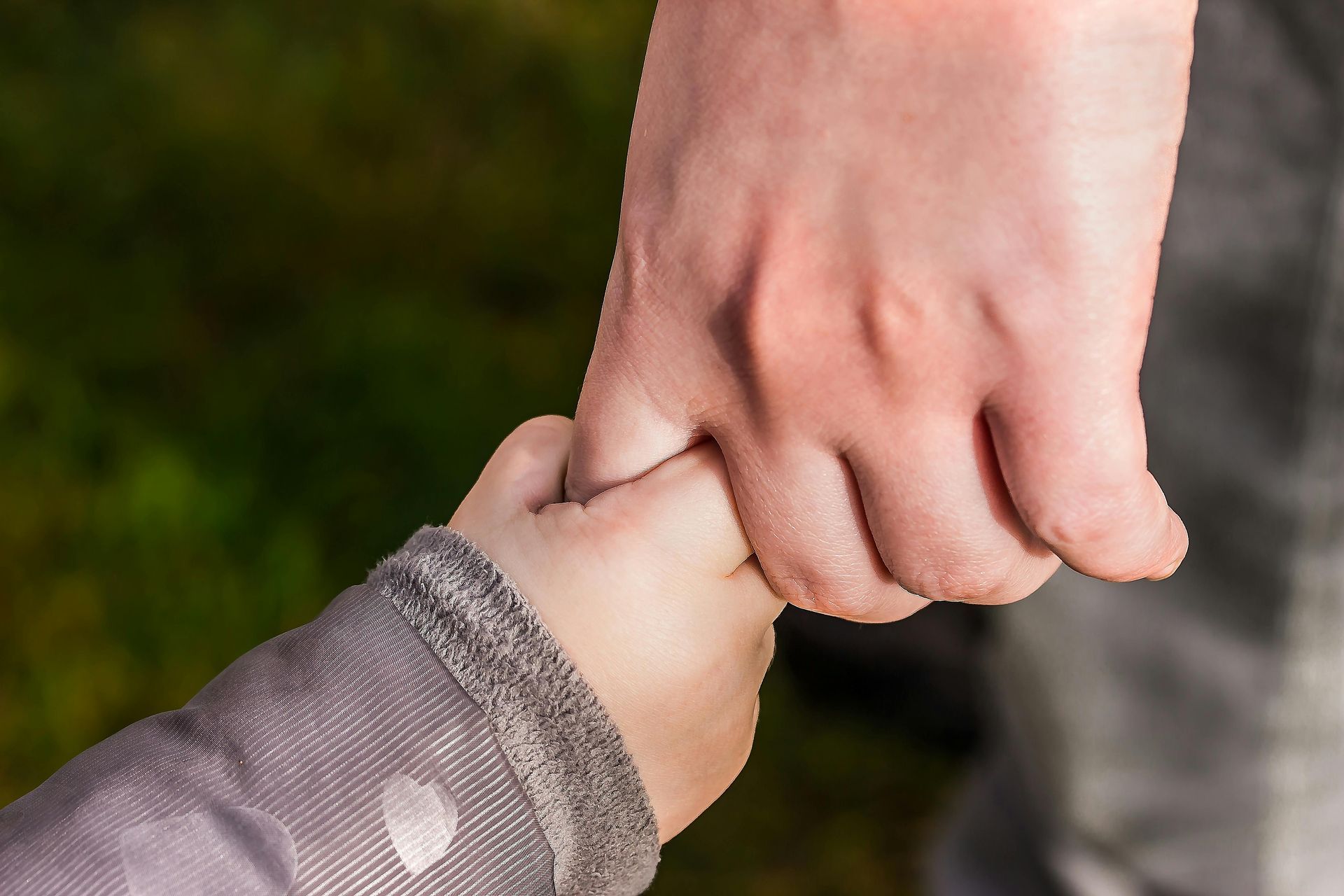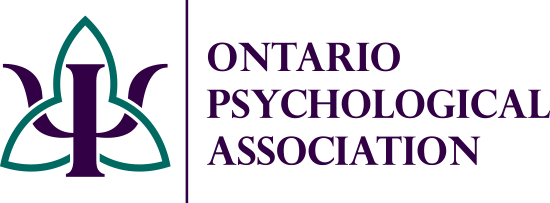Trauma Treatment from Psychologists in Toronto
Trauma Treatment in Toronto
We all respond differently to traumatic events and what is considered ‘traumatic’ can also vary from person to person. In general, trauma can be defined as a psychological, emotional response to an event or an experience that is deeply distressing or disturbing.
Traumatic events can be experienced directly, witnessed, or learned, and these experiences often involve a threat to life or safety. However, any situation that leaves you feeling overwhelmed can result in trauma, even if it does not involve physical harm. Often misunderstood, it is not the objective event that is traumatic, but one's subjective emotional experience of the event.
Emotional and/or psychological trauma can be caused by:
- One time events such as accidents, injuries, attacks (especially when occurring in childhood)
- Ongoing relentless stress such as battling a life-threatening illness, bullying, domestic violence, or neglect
- Commonly overlooked causes like surgery, sudden loss of a loved one, loss of a significant relationship, or a humiliating or disappointing experience
After experiencing a trauma, individuals may experience any of the following emotional and/or physical symptoms:
- Feeling sad or hopeless
- Feeling disconnected or numb
- Hypervigilance (being easily startled)
- Insomnia or nightmares
- Fatigue
- Edginess or agitation
- Muscle tension, aches, or pains
When left untreated, symptoms of trauma may worsen and develop into
post-traumatic stress disorder (PTSD) or
Complex PTSD for those who have experienced repeated traumas. Other types of trauma related psychological concerns include
acute stress disorder,
adjustment disorder, and
reactive attachment disorder.
How is trauma treated?
Trauma is an event that can shatter our sense of confidence and contradict our current view of the world.
Several different interventions have been developed to
trauma treatment.
Cognitive behavioural therapy (CBT) can teach an individual to become more aware of their thoughts and beliefs. Another cognitive method,
cognitive processing therapy (CPT) can help individuals to reprocess the meaning of the traumatic event in a more helpful way.
Exposure therapy can sometimes be used to reduce the amount of fear associated with emotional triggers related to a traumatic experience. Additionally, body-oriented approaches such as
mindfulness , yoga, EMDR, and sensorimotor psychotherapy can be helpful in aiding the reconnection between mind and body.
Trauma FAQs
How do I know if I need trauma therapy?
If you find that past experiences are impacting your sleep, relationships, mood, or ability to feel safe, therapy may be helpful for you. Signs that you could benefit from trauma therapy include having intrusive memories, avoiding reminders of a significant event, or feeling emotionally numb. Working with a therapist can help provide a safe space to process these experiences and decrease these symptoms
Can childhood trauma affect adults later in life?
Childhood trauma can have significant and lasting effects, which can lead to anxiety, depression, difficulty trusting others, and even chronic health problems in adulthood. With the proper support, therapy can help you understand and navigate the impacts of childhood trauma.
What is the difference between trauma-focused therapy and other types of therapy?
Trauma-focused therapy explicitly addresses the impact of traumatic experiences to help individuals safely process painful memories. Unlike other types of l treatment, trauma-focused therapy utilizes approaches such as Cognitive Processing Therapy (CPT), Psychodynamic Therapy, Internal Family Systems (IFS), or trauma-focused CBT. These approaches are aimed explicitly at helping improve trauma-related symptoms, address nervous system dysregulation, and improve coping skills.
What does it mean for a therapist to be trauma-informed?
A trauma-informed therapist understands how trauma affects the brain, body, and emotions, as well as understands when some behaviours may be adaptive responses to trauma. They create a safe, supportive environment where individuals feel in control and respected throughout the healing process.
Acute Stress Disorder
Acute Stress Disorder can occur following the experience of a traumatic event. Acute Stress Disorder is similar to PTSD, except that symptoms last for no longer than one month.
Symptoms of Acute Stress Disorder can include:
- Recurrent memories, dreams, or flashbacks
- Feeling like one is reliving the traumatic event
- Difficulty experiencing positive emotions or feeling numb / detached
- Attempting to avoid reminders of the traumatic event
- Feeling distressed when reminded of the traumatic event
- Irritability, angry outbursts
- Hypervigilance or an exaggerated startle response
- Difficulty with concentration
- Trouble sleeping
- Restlessness or psycho-motor agitation
- Increased
anxiety
When left untreated, symptoms of trauma may worsen and develop into
post-traumatic stress disorder (PTSD) or
Complex PTSD for those who have experienced repeated traumas. Other types of trauma related psychological concerns include
acute stress disorder,
adjustment disorder, and
reactive attachment disorder.
Adjustment Disorder
Adjustment Disorder is a short-term condition in which someone has difficulty coping with, or adjusting to an identifiable source of stress (e.g. a major life change, loss, or event). These events can include the ending of a relationship, losing a job, the death of a loved one, developing a serious illness, being involved in an accident, being the victim of a crime, getting married, having a baby, retiring, or living through a natural disaster.
An individual with adjustment disorder typically develops emotional and/or behavioural symptoms within three months of the event and rarely lasts longer for six months after the event or situation ends. In an adjustment disorder, the reaction to a stressor is often greater than what the typical response to a situation.
Symptoms in children and adolescents tend to be more behavioural (e.g. skipping school, fighting, acting out, etc.)
Symptoms of adjustment disorder can include:
- Feelings of hopelessness
- Sadness
- Frequent crying
- Anxiety
- Worry
- Headaches or stomach aches
- Withdrawal from people or social activities
- Problems sleeping
- Increased use of substances
- Changes in appetite
- Feeling overwhelmed
- Suicidal thoughts
- Rebellious or impulsive actions
- Symptoms impairing functioning in work, school, or relationships
Post Traumatic Stress Disorder
After experiencing a trauma, most people experience heightened anxiety, fear, or episodes of sadness. Most individuals will get better with time. However, in individuals suffering from PTSD these symptoms may last for months or years and may worsen over time. Post-traumatic stress disorder (PTSD) occurs after exposure to actual or threatened harm including death, injury, or sexual violence either experienced directly by an individual, witnessed by an individual, or learning about it happening to a close friend or family member. This includes repeated exposure to details of traumatic events (e.g police officers, firefighters, court judges). Individuals with PTSD often have intense and disturbing thoughts and feelings related to the traumatic event, long after the event has ended.
Symptoms of PTSD can include:
- Intrusive symptoms like recalling memories and dreams, flashbacks, or experiencing distress when reminded of the traumatic event
- Avoidance of anything that reminds a person of the event
- A pattern of negative thinking and mood including negative beliefs about oneself, fear, anger , shame, loss of interest, and difficulty experiencing positive emotions
- Difficulty remembering specific details of the traumatic event
- Arousal and reactivity like irritability, reckless behaviours, hypervigilance, severe anxiety , difficulty concentrating, nightmares, and trouble sleeping
- Depersonalization or derealization in some cases
Symptoms of PTSD may start within one month of a traumatic event but sometimes symptoms do not appear until years later. Over time, PTSD can lead to changes in the brain and worsen without treatment.
PTSD in Children
PTSD in children can vary greatly from how it is experienced in adults. Symptoms in children may include:
- Fear of being separated from a parent
- Losing previously acquired skills (e.g. toilet training)
- Sleep problems and nightmares
- New phobias and anxieties that seem unrelated to the traumatic event
- Acting out the traumatic event through play, stories, or drawings
- Aches and pains with no apparent biological explanation
- Irritability and aggression

PTSD FAQs
What are the most common signs of PTSD?
Common symptoms of PTSD include flashbacks, nightmares, intense anxiety, avoiding reminders of the traumatic event, and feeling on edge. However, PTSD can also impact sleep, relationships, and cognition. These symptoms often last for months or years unless treated.
What’s the difference between PTSD and complex PTSD (C-PTSD)?
PTSD usually develops after a single traumatic event, while C-PTSD often results from ongoing or repeated trauma, such as abuse or neglect. C-PTSD may include additional symptoms like increased difficulties with self-worth and relationships, as well as dissociative symptoms.
How does trauma therapy help people with PTSD?
Trauma therapy helps by providing tools to process painful memories safely, reduce triggers, and build coping strategies. Specific approaches like CPT, TF-CBT, and somatic therapies can be especially effective.
Can children develop PTSD, and how is it treated in young people?
Anyone can develop PTSD at any age, as long as they have experienced a traumatic event. For children, treatment often involves trauma-focused CBT, and family and/or school support to help the child feel safe and understood.
Complex Trauma / Complex PTSD
Complex Trauma or Complex PTSD is a response to repeated and cumulative experiences of trauma. This traumatization can happen over the course of months or years and can include emotional abuse , physical abuse , and/or sexual abuse , as well as domestic violence , exposure to war, human trafficking, and more. While there are circumstances in which adults develop C-PTSD (e.g. first responders like nurses, police officers, paramedics, and firefighters), it is most often seen in individuals who experienced repeated trauma during their childhood.
Symptoms of Complex PTSD include
- Difficulty regulating affective impulses (e.g., anger, self-destructive behaviors): Complex trauma disrupts emotional regulation, causing intense, uncontrollable impulses like anger or self-harm as individuals struggle to manage overwhelming feelings stemming from traumatic experiences.
- Chronic sense of guilt, responsibility, difficulty with stress or intimacy: Survivors of complex trauma often feel undue guilt and responsibility, struggle with stress management, and find forming or maintaining intimate relationships challenging due to deep-seated emotional wounds.
- Hopelessness or despair: Persistent trauma can lead to chronic hopelessness and despair, making it hard for individuals to see a positive future or feel motivated to engage in daily activities.
- Physical symptoms like dizziness or nausea: Complex trauma can manifest physically, with symptoms like dizziness or nausea, as the body responds to psychological stress and unresolved traumatic memories.
- Reliving the traumatic event through nightmares or flashbacks: Individuals with complex trauma frequently relive their traumatic experiences through distressing nightmares or vivid flashbacks, significantly impacting their mental health and daily functioning.
- Avoiding certain situations: To cope with reminders of their trauma, survivors may avoid specific places, people, or activities, which can limit their participation in everyday life and reinforce isolation.
- Changes in your beliefs and feelings about yourself or others: Complex trauma can alter core beliefs, leading to negative self-perceptions and distrust of others, affecting one's worldview and relationships profoundly.
- Hyperarousal: Chronic trauma induces a state of hyperarousal, where individuals are constantly on high alert, experiencing heightened anxiety, and overreacting to perceived threats.
- Dissociation, or feeling detached from your own body: To escape overwhelming trauma, individuals might dissociate, feeling disconnected from their body or reality, which can disrupt daily life and personal identity.
- Difficulty with relationships: Trauma survivors often struggle with relationships, finding it hard to trust or connect with others, which can result in isolation and difficulty in forming meaningful connections.
Reactive Attachment Disorder
Although it is uncommon, reactive attachment disorder can occur in children who have experienced social neglect or deprivation in their early years of life. This can occur when children lack basic emotional needs like affection or comfort or are unable to form stable attachments with caregivers. Risk may be increased for children in institutions, children who frequently change foster homes, or children whose parents have severe mental health or substance use problems.
Signs and symptoms of reactive attachment disorder may include:
- Unexplained withdrawal, fear, sadness, or irritability
- Sad or lethargic appearance
- Not seeking comfort or showing no response when comfort is given
- Failure to smile
- Rejection of efforts to calm, soothe, and connect
- Not engaging in social interaction
- Failure to ask for support or assistance
- Not wanting to engage in interactive games or playing with toys
What is Attachment?
Attachment is the deep connection or bond between a caregiver and child, that profoundly affects development, ability to express emotions, and the development of relationships later in life. Children with reactive attachment disorder are believed to have the capacity to form attachments, but instead this ability to form attachments has been hindered by their experiences.




